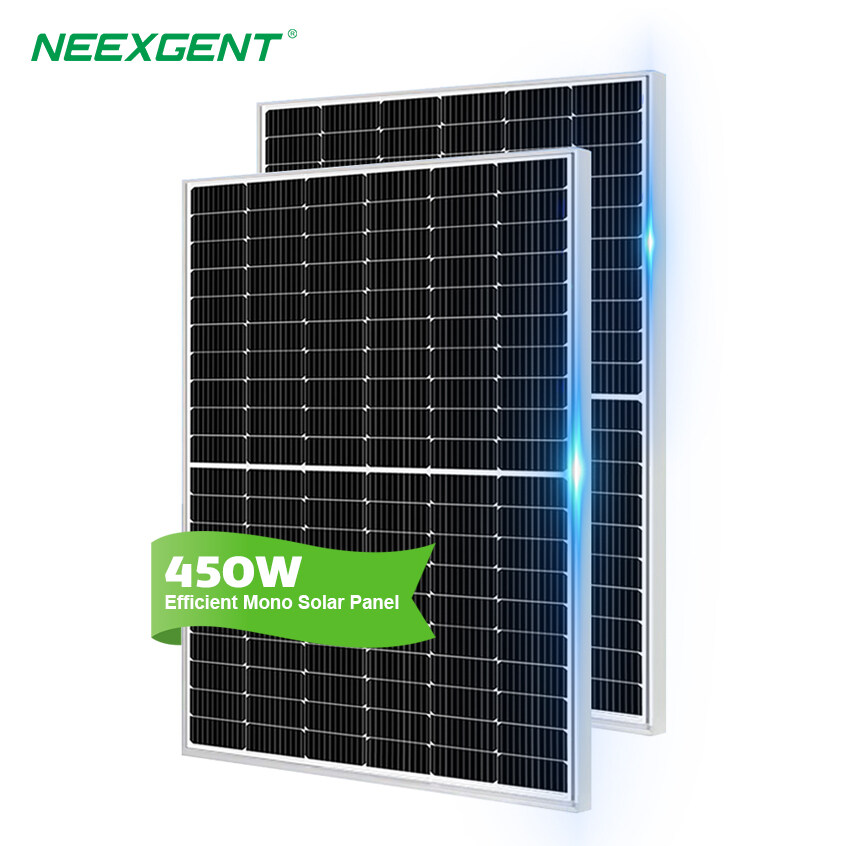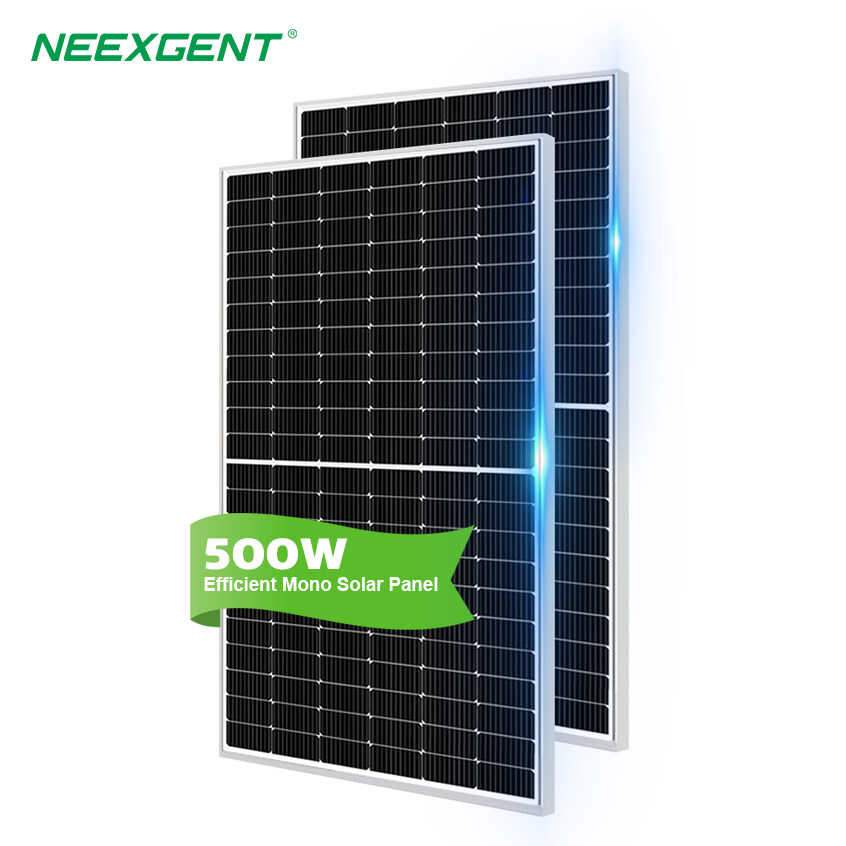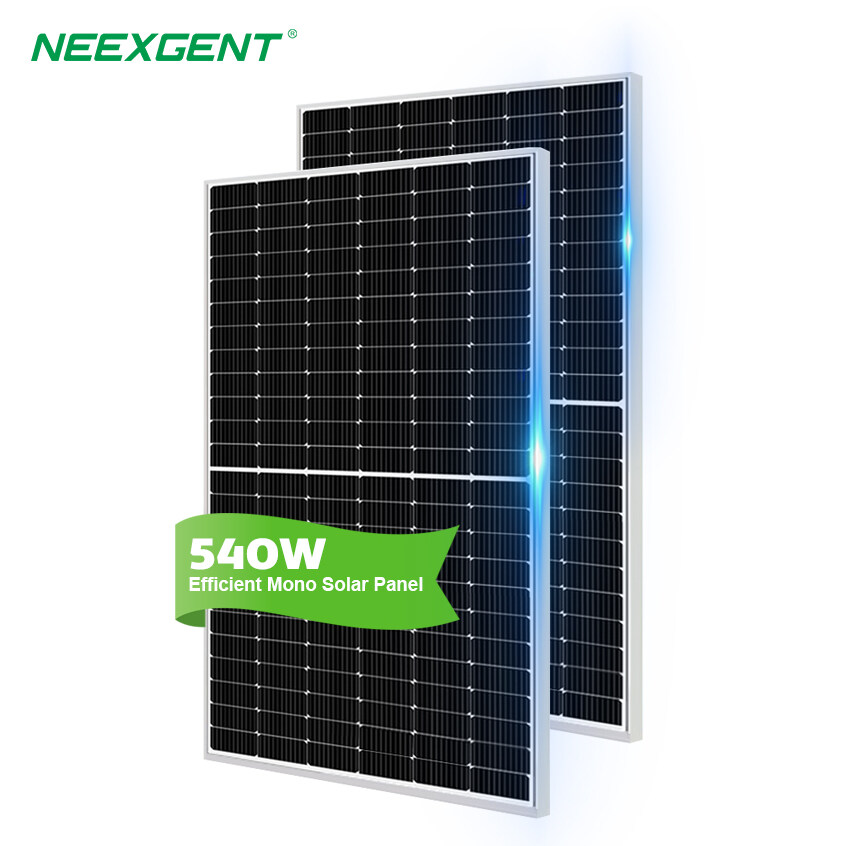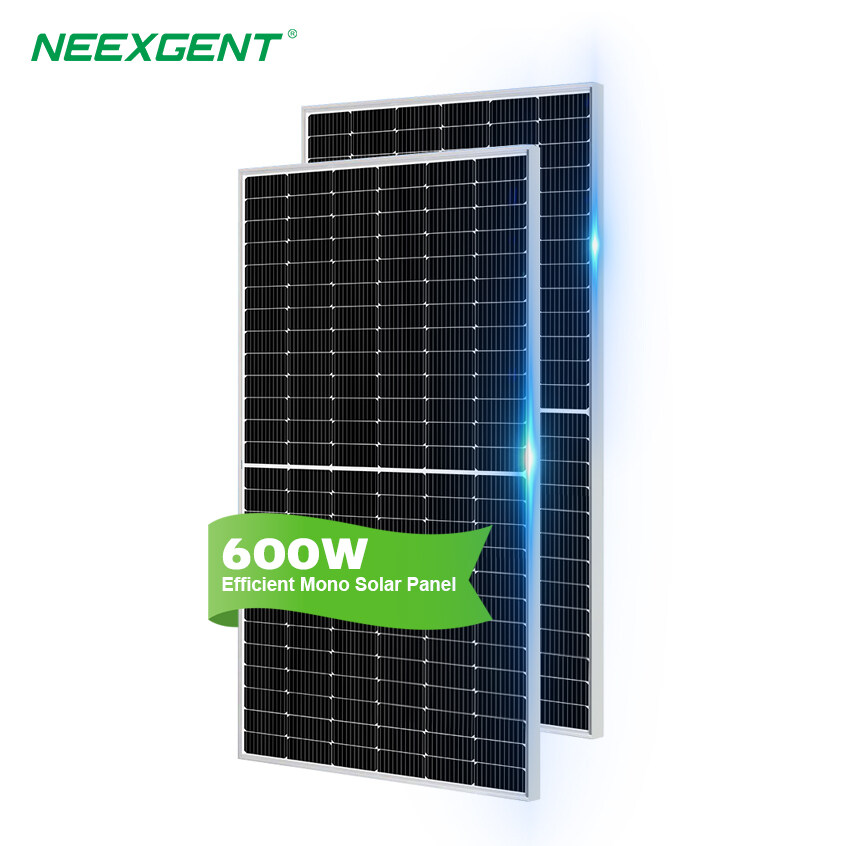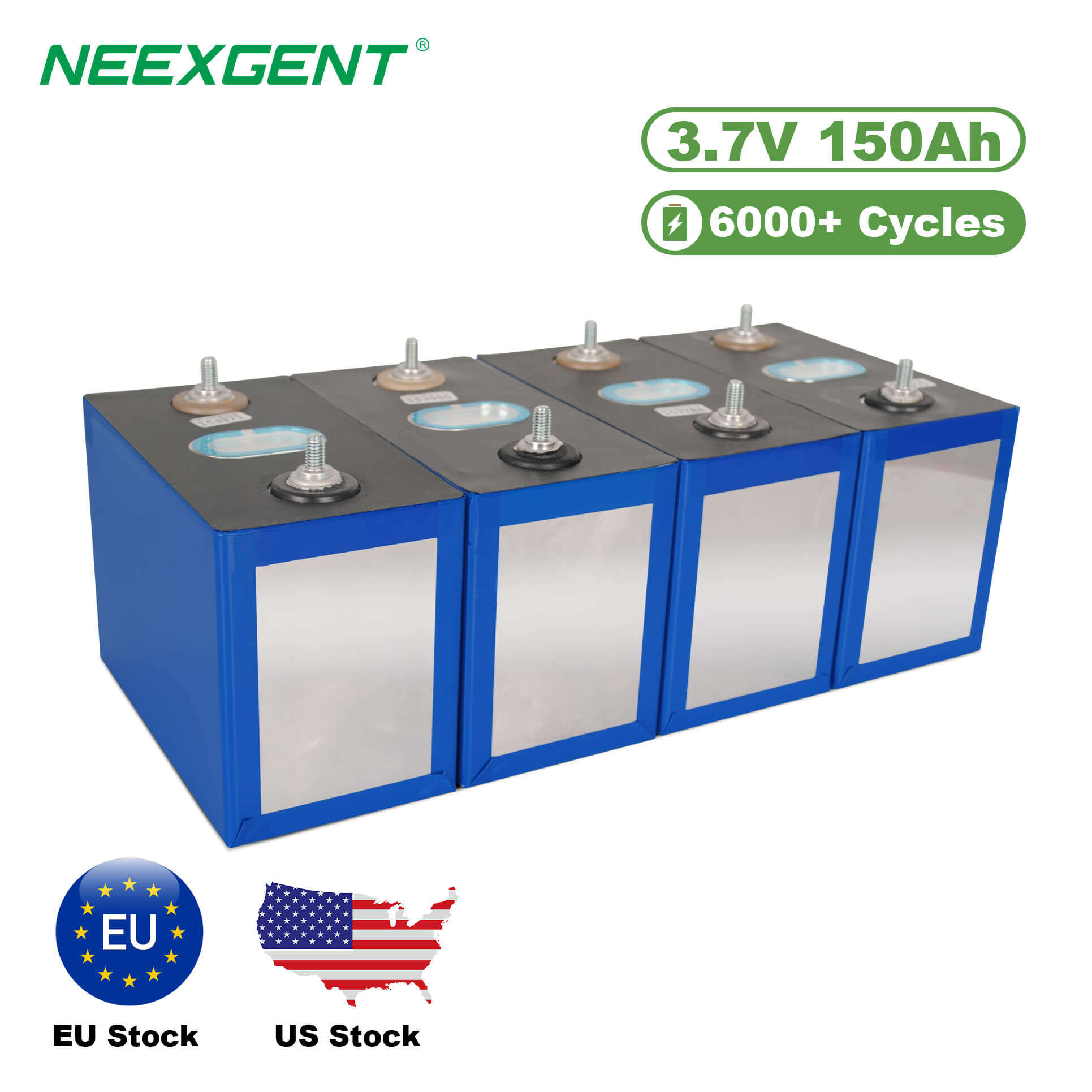Lithium iron phosphate (LiFePO4, LFP) battery
Lithium iron phosphate is a kind of lithium ion polymer battery with lithium iron phosphate as positive material and graphite carbon electrode backed by metal as negative electrode.
LiFePO4 battery, also known as LFP battery, is a rechargeable battery. It is the safest type of lithium battery on the market today. It is small and light, with a cycle life of thousands of times.
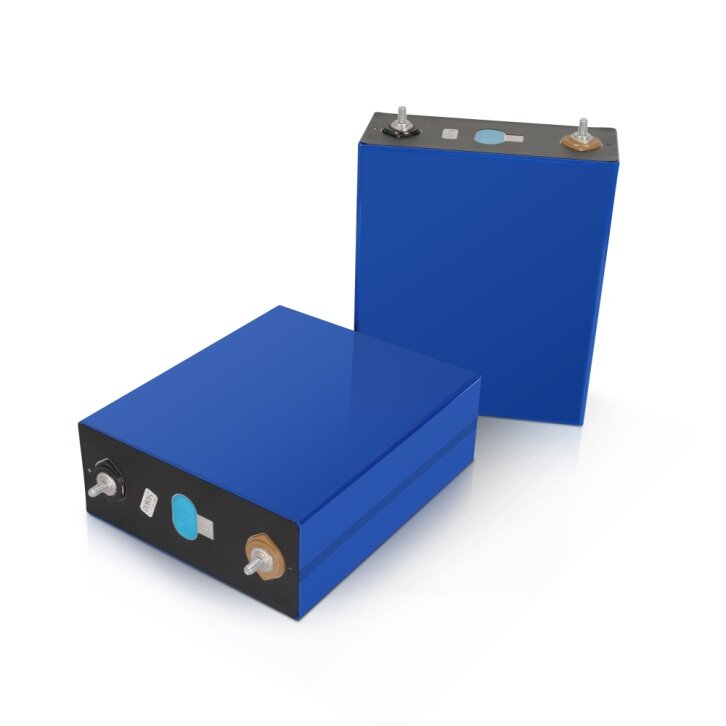
Lithium ion polymer (LIPO) batteries
Lithium-ion polymer batteries are rechargeable batteries used to move lithium ions between positive and negative electrodes. Lithium-ion batteries use embedded lithium compounds as electrode materials. Lithium ion battery cathode materials commonly used include lithium cobalt acid (LCO battery), lithium manganese acid (LMO battery), terpolymer lithium ion (NCA, NMC battery) and lithium iron phosphate (LiFePO4 battery).
LiFePO4 battery is different from other lithium ion batteries
High-current charging and discharging is one of the advantages of lithium-polymer batteries, which allow devices to release more energy in a short time. These batteries are more commonly used in racing cars and power tools: lithium-ion batteries are used in almost all drones and remote-control models.
High discharge multiple lithium ion polymer batteries up to 50C (continuous) and 150C (pulse). They are light, durable and can be made in a variety of shapes. These are just some of the advantages of lithium ion batteries, and lithium iron phosphate batteries have them.
Long cycle life
Because LFP batteries have a cycle life four to five times longer than other lithium-ion batteries, they can reach 2,000 to 3,000 cycles or more. LiFePO4 batteries can also achieve a 100% discharge depth (DOD). This means that for energy storage products, LFP batteries do not have to worry about excessive discharge and can even last longer. A good lithium iron phosphate battery lasts three to seven years, so the average cost is very affordable.
However, lithium-iron phosphate batteries have a lower energy density than other lithium-ion batteries, making them unsuitable for wearable devices. In addition, the battery compartment space is limited, so the capacity is relatively low.
As a result, compared to other LiPo cells, LFP cells are not durable and compatible with the conditions and interior Spaces of wearable devices.

